House of VIN: A Holistic Approach to Community Development
‘House of VIN’ resembles the community empowerment strategy adopted by us. Here, different units representing the part of house signifies the importance of those in community empowerment. As for the strength of the house foundation and pillars have strong role, introduced programs and sectors have similar role in empowering communities. Six development programs signifies foundation of community empowerment and four pillars signify development areas. The ultimate outcome from the intervention is an empowered community like a strong house is an outcome of the strong foundation and pillars.
Six development programs resembling foundation of a house in the pictures are: Women’s Empowerment, Youth empowerment, Children’s Development, Public Health and Medical Care, Environment Conservation and Disaster Risk Reduction (DRR). These programs are collectively presented as a holistic approach of community empowerment.
Women’s empowerment
The goal is to empower women socially and economically through education, life skills and income generative initiatives. Women of 20-59 years are included in the program.
We achieve the goal of women’s empowerment program by implementing the following holistic projects:
- Education and Life Skills (ELS)
- Micro Credit Cooperative (MCC)
- Women’s Entrepreneurship Development (WED)
- Women’s Trafficking Prevention Education (WTPE) and
- Continuous research on Gender Issues
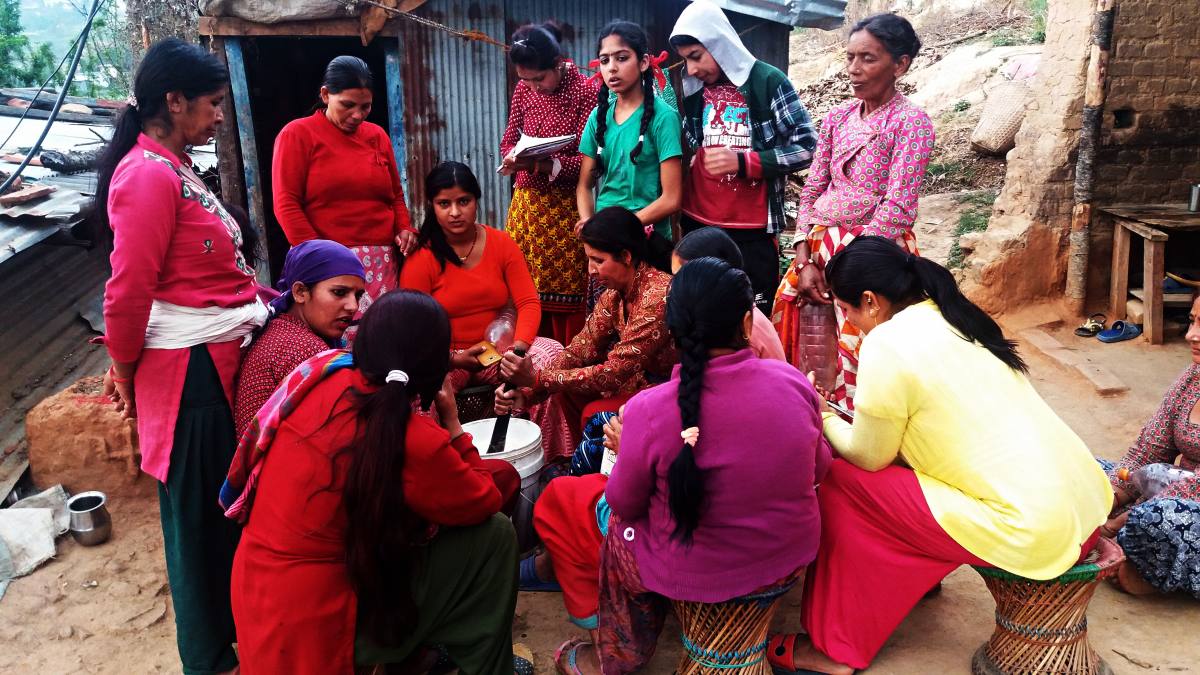
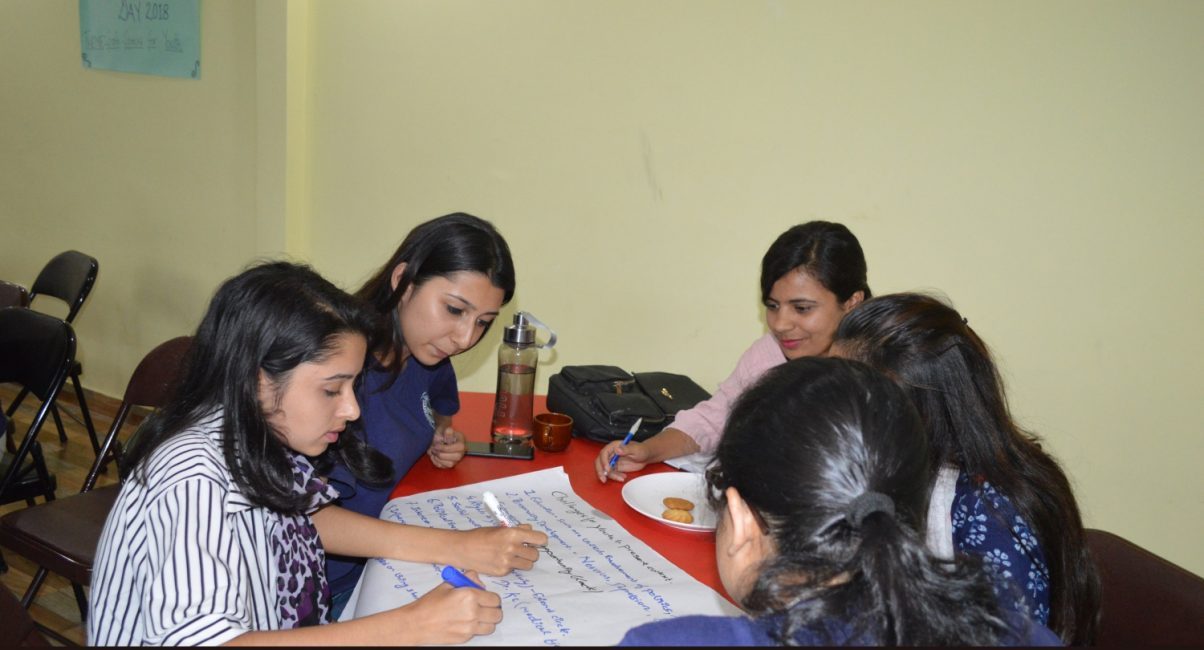
Youth empowerment
The goal is to empower youth social and economically through education, life skills and entrepreneurship development. Youth of 16-30 age groups are included in the program.
This goal of youth empowerment is achieved by implementing the following holistic projects:
- Youth Club & Life Skills Facilitation
- Youth Entrepreneurship Development
- English, IT & Career Development
- Volunteering in the community projects and
- Research on youth issues
Children’s Development
The goal of children’s development program is to ensure children’s holistic development – physical, mental, social and creativity. The children of 3-15 years are included in the program.
The goal of Children’s Development is achieved by implementing the following projects:
- Children’s Life-skills Facilitation (CLF) through children’s clubs
- Child Protection (CP)
- Early Childhood Development Education (ECDE)
School Attendance Improvement Projects:
- Children’s Education Sponsorship
- School Infrastructure Development (SID)
- Teachers’ Development (TD),
- Parenting Education (PE),
- Research on children’s issues
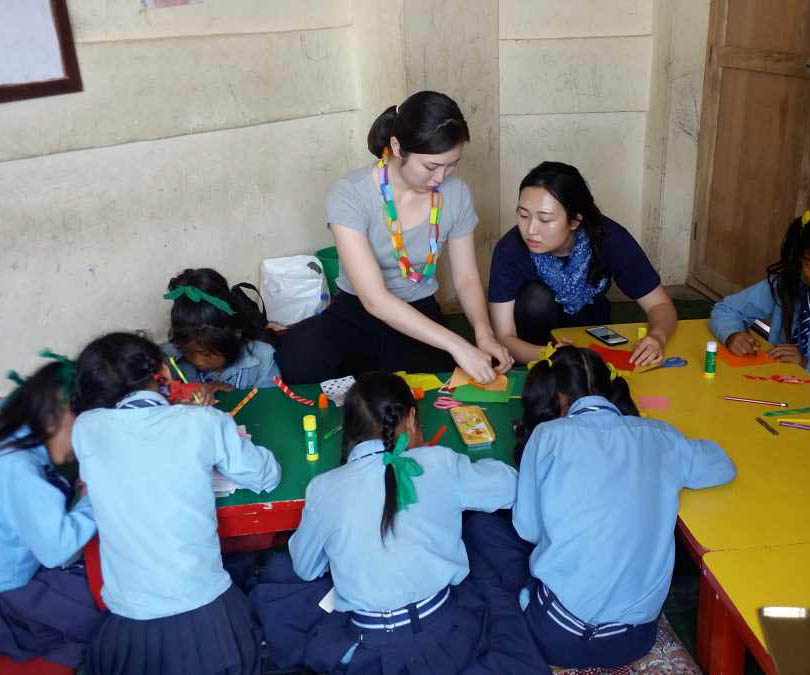
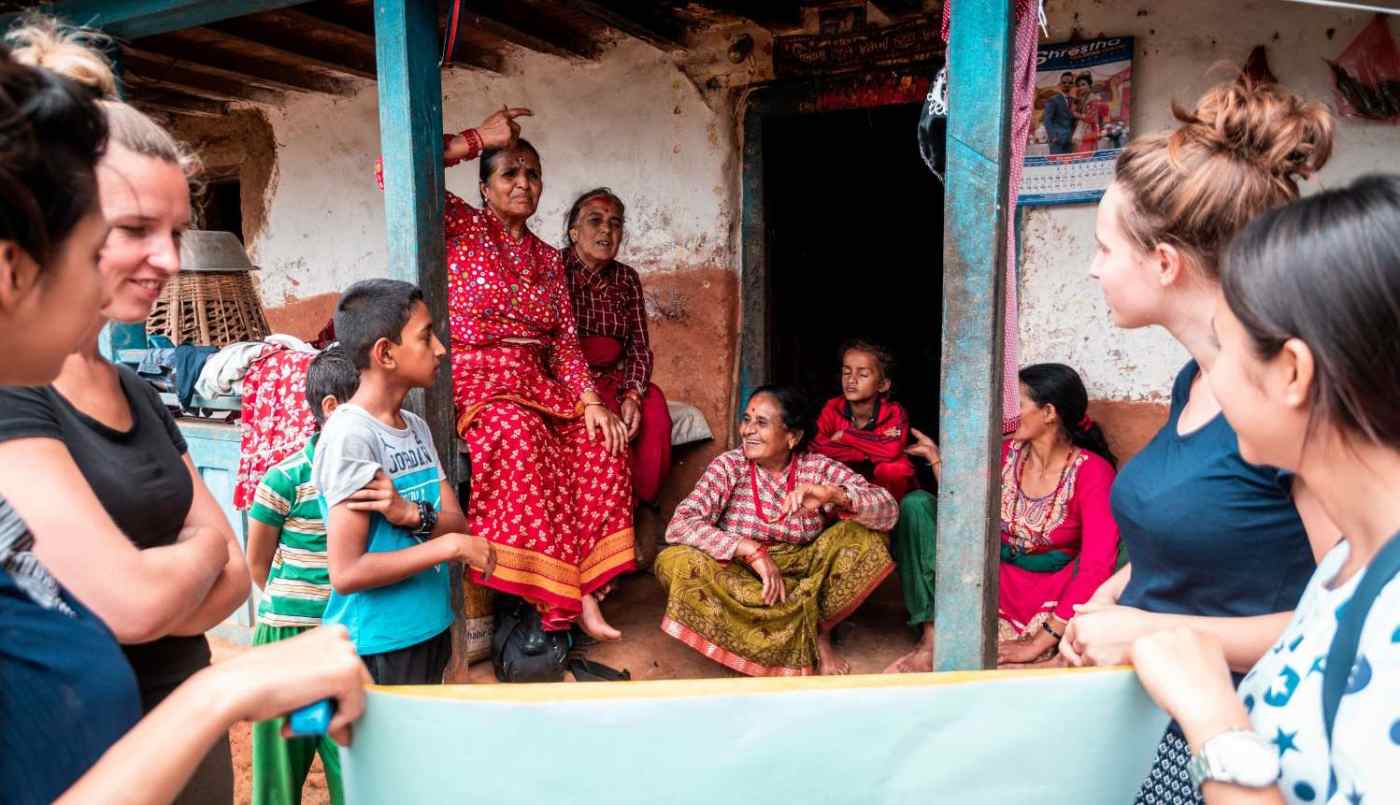
Public Health and Medical Care
The goal of Public health and medical program is to create healthy communities by controlling and preventing diseases and increasing people’s access to health facilities; water, hygiene, sanitation education. The program ensures people’s right to health & medical care. All age groups of people are included in the program.
The goal of Public health and medical care program is achieved by implementing the following projects:
- Public Health: Health & Hygiene Education for community & school children; Water Sanitation & Hygiene (WASH) Education, toilet construction, waste management.
- Health & Wellbeing: Mindfulness activities like Meditation, yoga, breathing exercises, Pilates.
- Medical Care: through community clinics & mobile health camps and
- Research on public health issues.
Environment conservation:
The goal of environment conservation program is to conserve, promote and protect environment and culture for future generation. For this, the entire communities in our working area are involved.
We achieve the goal of environment conservation program by implementing the following projects:
- Permaculture: organic agricultural ecosystems for sustainable and self-sufficient
- Stop climate change campaigns together with worldwide partners
- Bio diversity conservation
- Cultural and historical heritage conservation
- Research on water, climate change, land, air and water pollution.
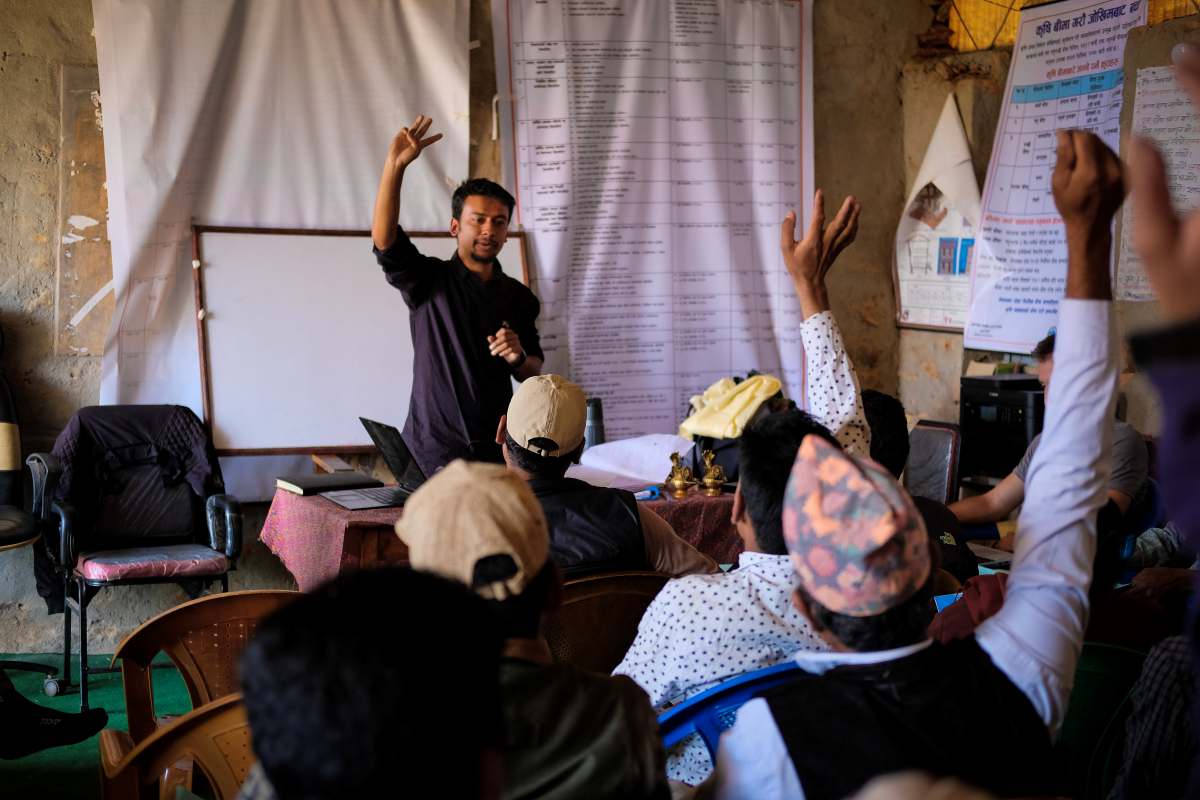
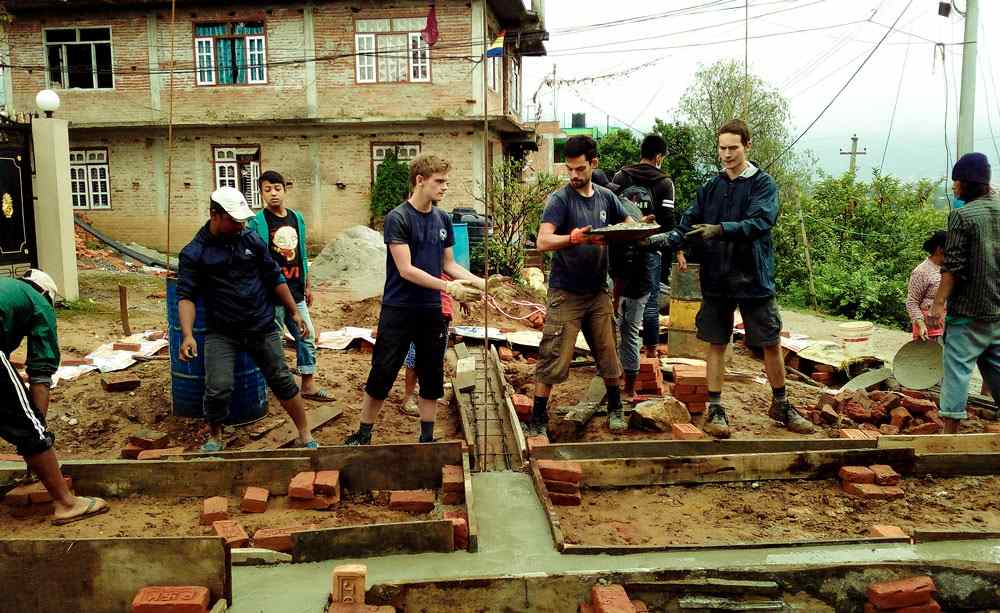
Disaster Risk Reduction (DRR):
The goal of disaster risk reduction program is to minimize the risk of natural disaster and provide relief and safety to vulnerable communities: The entire community is involved into the program with special focus on disaster prone area.
We achieve the goal of Disaster Risk Reduction by implementing the following projects:
- Disaster risk reduction preparedness Education (Emergency risk and disaster management),
- Rapid response to the disaster victims,
- Reconstruction & sustainability
- Research on disaster risk and hazardous issues.
Four areas of development resembling pillars of the house are Education, Health & Environment, Economy and Basic infrastructure.
Education:
Education is one of the major pillars of development- Education is the inevitable aspect of our development approach. To imagine an empowered community without educating its people is impossible.
The major social issues we face in Nepal are: corruption, poverty, hunger, unemployment, illiteracy, gambling, smuggling, bullying, drug abuse, drug addiction, alcoholism, vandalism, robbery and theft, illegal hunting and poaching, sexual assault, gender and caste discrimination, domestic violence, rape, female foetus killing, women trafficking, child labour, child abuse, child marriage, early marriage, dowry system, superstitious beliefs like chhaupati pratha, witch / witch doctor, injustice, nepotism, abuse of media, declining of ethnicity, political instability, misuse youth by political parties in academic institutions, marginalization, trade deficit, youth migration, discrimination to transgender / differently able people, political conflict, unplanned urbanization.
The most issues mentioned above are due to lack of proper education. So at VIN, to achieve our vision of “a peaceful, prosperous and equitable society throughout Nepal”, we first have to educate our people. It’s very important to build people’s right knowledge, skills and attitude (KSA) for their transformation of life positively. People’s knowledge and awareness about what matters to them is very important for the empowerment.
People can build their knowledge formally (by joining an academic institution), non-formally (out of usual school education) or informally (not organized one like learning by doing something). We therefore have education component in each development program.
Our programs are designed to build knowledge and awareness to the people through formal schooling, campaign, workshops, trainings, seminars etc. The women in our working communities receive education and life skills sessions on literacy, women’s rights and domestic violence, women trafficking, leadership, team building, effective communication, health education etc.
Children are educated on their basic rights and responsivities, social life skills and creativity.
Youth are also educated on their basic rights & responsibilities, Life skills like leadership, team building, communication, personality development, professionalism development etc.
Entire community people are educated on health & environment. It covers health hygiene and sanitation education, nutrition, infectious and non-communicable / chronic diseases, first aid, women’s reproductive health etc.
Farmers are trained on permaculture, agro forestry, organic farming etc. Entire community people are educated on water purification techniques, water resource management, waste management and climate action. People are trained on disaster preparedness and management.
Health and environment
Group of people such as women, children, youth, health workers, social workers, teachers and volunteers are trained on health and environment. Water sanitation and hygiene (WASH), Waste management, water quality testing, water resource management, organic farming promotion, permaculture, agroforestry, agro farm, health camps and community awareness campaigns are the major activities that we do under this sector. We give priority to health and environment while implementing projects in the communities. We analyse health and environment impacts before we implement the projects.
Economy
this is an integral part of community empowerment. Through this sector we are supporting people to uplift their socio economic status. We support income generation and financial independency of our beneficiaries by implementing various projects. We ensure women and youth have access to financial resources at local level. We do entrepreneurship development, skilled based training and provide financial and technical support to start micro enterprises. Micro credits are run through women cooperatives. Small businesses set up by women are the good examples of helping develop economy at the community level. Women and youth are involved in income generation activities such as handicrafts, agriculture, animal husbandry, horticulture, etc. Economic growth is very important to generate more employment opportunities. So we help in any way we can to give people access to financial freedom.
Basic infrastructure
Infrastructure ensures access of facilities for the community empowerment. Without developing basic infrastructure like schools, toilets, roads, electricity, health centers, community centers, business centers sustainable development is not possible. To ensure access to basic infrastructure, we have built community learning center, schools, children’s playground, social business center, health center, toilets, shelter for disaster victims, farms, water resource management and micro irrigation system etc.
